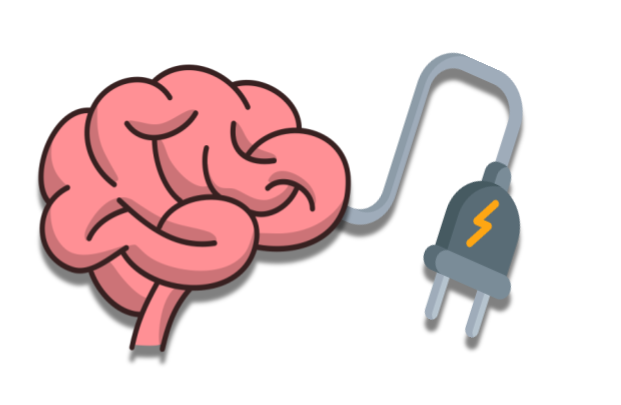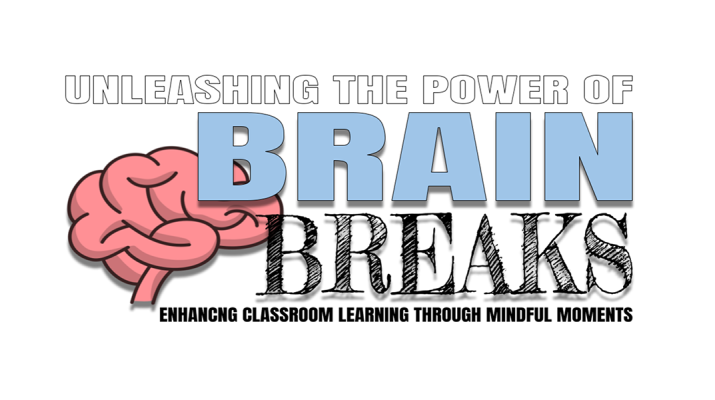In the fast-paced world of education, where curriculum demands and classroom activities often take center stage, it’s easy to overlook the profound impact of brief intermissions known as Brain Breaks. These short pauses in the learning routine are not just moments of respite; they play a crucial role in optimizing cognitive function, reducing cognitive load, and ultimately fostering a more conducive environment for student learning.
The Science Behind Brain Breaks
Understanding the process of learning sheds light on why Brain Breaks are essential for cognitive enhancement. Learning is not a linear, continuous process; rather, it involves the encoding and consolidation of information in the brain. When students engage in focused learning activities, their brains actively process new information and make connections. However, this cognitive effort comes at a cost – it accumulates what psychologists refer to as cognitive load.
Cognitive load is the amount of mental effort required to process information. As Dr. John Sweller, a renowned cognitive psychologist, suggests, “The human mind has limitations on the amount of information it can process effectively. Integrating regular breaks into the learning process provides essential relief, allowing the brain to consolidate information and optimize the overall learning experience” (2016). When cognitive load becomes too high, the brain’s ability to absorb and retain information diminishes. This is where Brain Breaks step in as invaluable tools. These short breaks provide students with the necessary time and space to allow their brains to process and consolidate the information acquired during focused learning periods.
Technology-Infused Brain Breaks
Integrating technology into Brain Breaks adds a modern twist to these mindful moments. Here are some specific examples of technology-based tools, games, or resources:


Low-Tech Alternatives for Mindful Moments
Not all Brain Breaks need to involve screens or gadgets. Traditional, low-tech activities can be just as effective. Incorporating brief stretching exercises, listening to calming music, coloring, controlled breathing exercises, or even a short walk around the classroom can invigorate students physically and mentally. Simple mindfulness techniques, like focusing on breathing or practicing mindful observation, can be seamlessly integrated into the classroom routine without the need for any technology.
In conclusion, the incorporation of Brain Breaks into the classroom routine is not just a luxury; it’s a necessity for optimal learning. By understanding the science behind cognitive function and embracing a mix of technology-infused and low-tech activities, educators can create an environment that nurtures not only academic success but also the well-being of their students. It’s time to acknowledge the transformative power of these mindful moments and let them play a starring role in the educational journey.
Authorship Information
Laura Cooper is an Instructional Technology Coach for Hanover County Public Schools. As a former Biology teacher, she has combined her interest in science with her passion for learning. Laura believes in the importance of using science and theory as the backbone of instruction to teach in the way the brain learns best.
Sweller, J. (2016). Working memory, long-term memory, and instructional design. Journal of Applied Research in Memory and Cognition, 5, 360–367.

